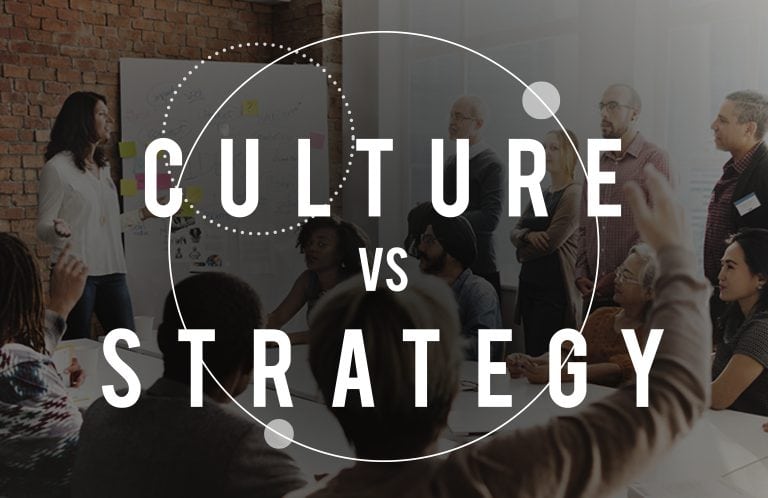Blogs/News
What we are saying about topics of interest to us and news about us and the industry

The often-cited phrase, “Culture eats strategy for breakfast,” coined by management consultant Peter Drucker, highlights the crucial role that organizational culture plays in the success of business strategies. This thinking suggests that even the most well-crafted business strategies can falter without a supportive workplace culture. A positive company culture is essential for motivating employees to embrace and implement strategic initiatives effectively.
While the impact of a strong culture is undeniably significant in facilitating organizational success, it is equally important to recognize the necessity for a clear and robust business strategy. A good strategy should be compelling and inspiring, with clear goals that identify the challenges and obstacles that need to be overcome to achieve those goals. It must also be supported by actionable steps. Without a solid business strategy, even the healthiest culture cannot drive successful change on its own.
How do functions become more strategic?
Take Medical Affairs (MA) as an example. This function has long been called upon to take a more prominent role in shaping strategy since its inception as a support function providing scientific information to healthcare professionals (HCPs). Today, there is an expectation that MA unlocks value across the enterprise, as a key strategic pillar in the biopharma organisation. The Medical Affairs Professional Society (MAPS) underscores this transition in their white paper, “The Future of Medical Affairs 20301,” which states that in the coming years, MA will solidify its transition from executional to strategic, representing the voice of the patient within the industry.
Several key themes illustrate how MA groups are taking on this strategic lead:
Coupled with this, leading MA groups focus rigorously on implementing their strategies with clear action plans and use data and metrics to critically evaluate their impact. They are also adept at pivoting and adjusting strategies and associated actions to optimize outcomes.
What about getting the culture right?
Analysing and changing culture is challenging, often more so than establishing new roles or altering organizational structures. To cultivate the right culture, it is vital to identify elements that either accelerate or hinder the new organizational vision and purpose. Culture is inherently linked to behaviour, so transforming functions like MA into strategic thought partners can falter without corresponding changes to organizational culture or individual behaviours.
In the white paper, “Talent and Culture Needs for the Third Era of Medical Affairs2”, several cultural changes are highlighted for Medical Affairs to thrive in its next phase:
Ultimately, when considering the balance between culture and strategy there is no silver bullet. Much like a good recipe, the more you practice and refine it and apply learnings from previous initiatives, the better the outcome. Success in any organization comes from thoroughly and openly evaluating the current culture and existing strategy, effectively blending these elements, and recognizing when to amplify one over the other.
References
Author : Jonathan Davies